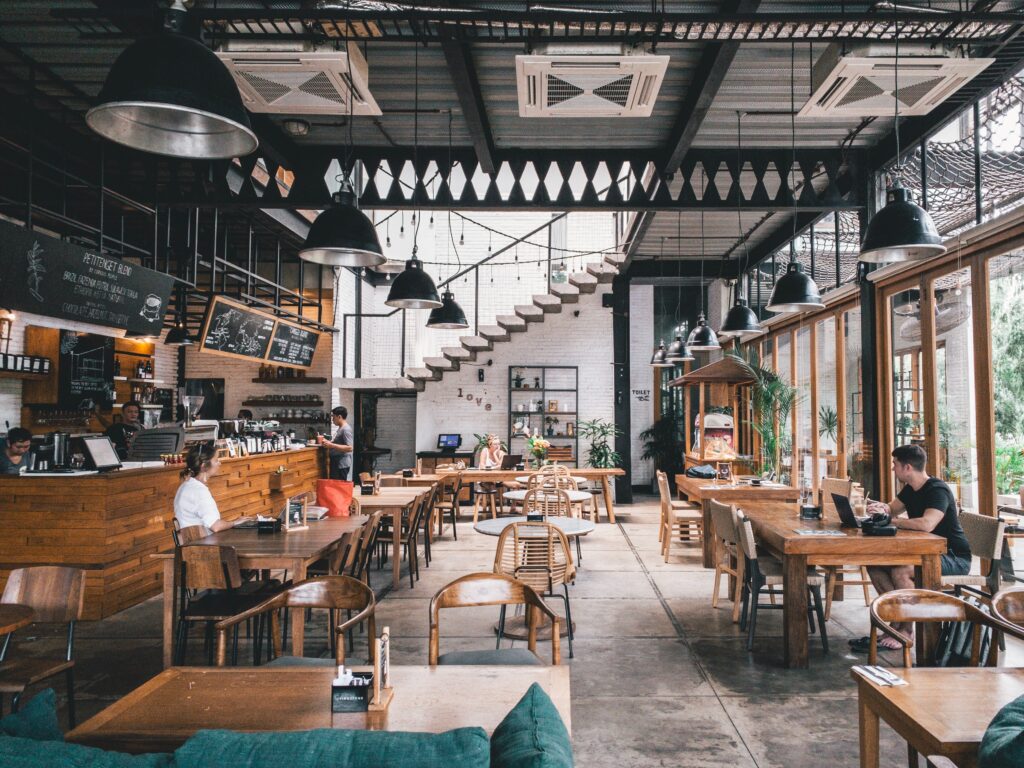
Amidst continuing headwinds for the hospitality industry, a number of high end restaurants, particularly in London, are re-evaluating their prices.
Whilst food costs remain high, restaurants are looking at their sales mix and have, in some cases, lowered their pricing in an effort to balance the books.
First to capture a wave of PR by doing so was Jason Atherton, who ostentatiously slashed the cost of his lunch menu at Pollen Street Social to £49.50 – where it was previously above £60 – and whose dinner menu now costs £145 rather than £185. How much shaved truffle a diner can now expect remains to be seen…
Kerridge’s at the Corinthia made waves last year with its £15 lunch menu and the decision to keep costs down has extended to the a la carte, which now has a blanket cost of £155 for a three-course table d’hote style dinner instead of individually priced items. This move, whilst not a price cut per se, helps enhance predictability for diners visiting this grand dining room: they know exactly ‘what they’re in for’.
The juggling of costs comes at a time when diners continue to seek value as inflation remains high. Whilst across Europe inflationary pressures have eased to around 6%, the UK’s inflation remains at around 8.7%, with food inflation a huge driver for this at around 18%.
Responding to recent ONS inflation figures, UKHospitality chief executive Kate Nicholls said:
“It’s frustrating to see that the rate of inflation remains stubbornly high, with no decrease since last month’s figures. It’s clear that the ongoing high costs of doing business being passed on in prices is a contributory factor and this needs to be tackled with urgency.”
With the pressures on restaurants a constant theme in Harden’s reporting recently, it’s easy to understand why businesses are re-evaluating pricing. If food costs can be lowered, can restaurants expect more from beverage sales? Another restaurant exploring their charging formula is Kitchen Table – the price of the tasting menu fell from the eye-catchingly high £300 per head to £200 per diner. Whilst the restaurant no longer requires a £150 minimum spend on drinks, the wine flights have increased in price nearly 10% to £160 per person.
A study in May headed by the British Institute of Innkeeping, UKHospitality, the British Beer and Pub Association and Hospitality Ulster showed that just 30% of businesses across the sector were optimistic about the future with energy and food bills in particular the biggest concern.
With hospitality remaining a hugely resourceful and responsive sector, we predict more and more price juggling will emerge – particularly at the top end – in order to tempt in diners; balance the books; maintain high standards; and promote higher margin products within the business (such as an excellent wine list). As businesses (and diners?) pare back to basics, where this will leave the nowadays ubiquitous – but arguably excessive –tasting menu format?
